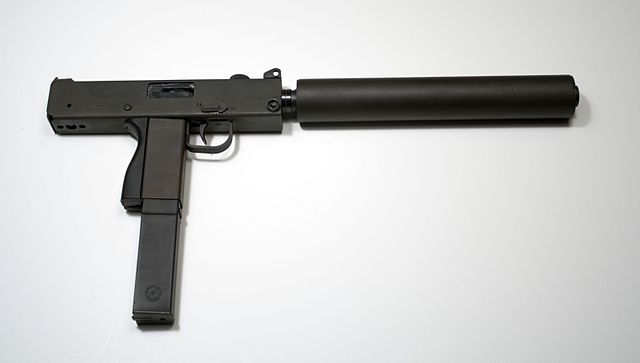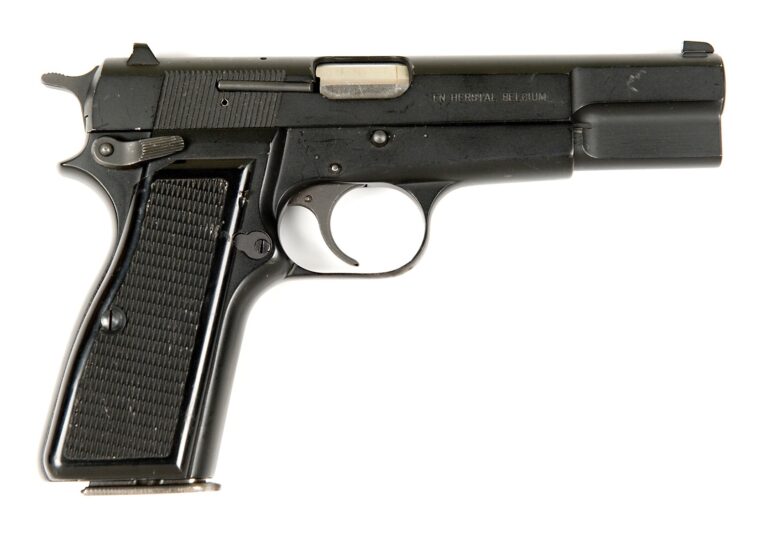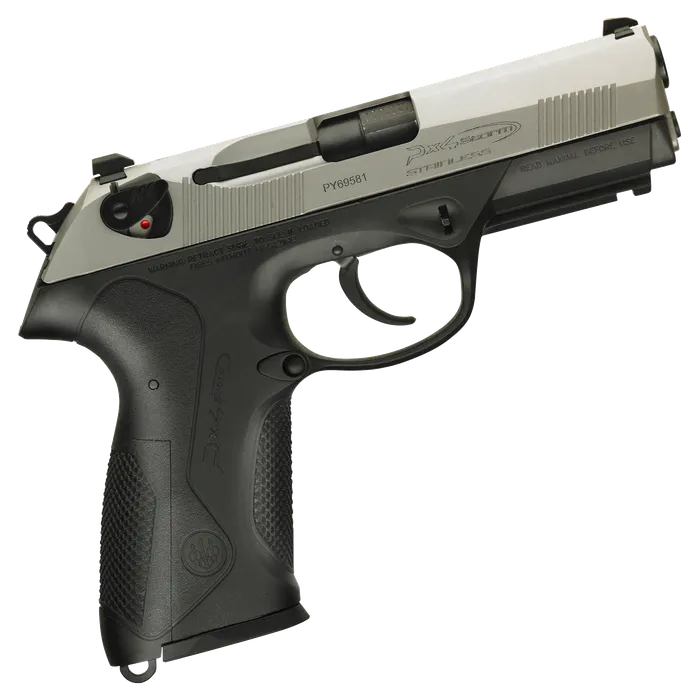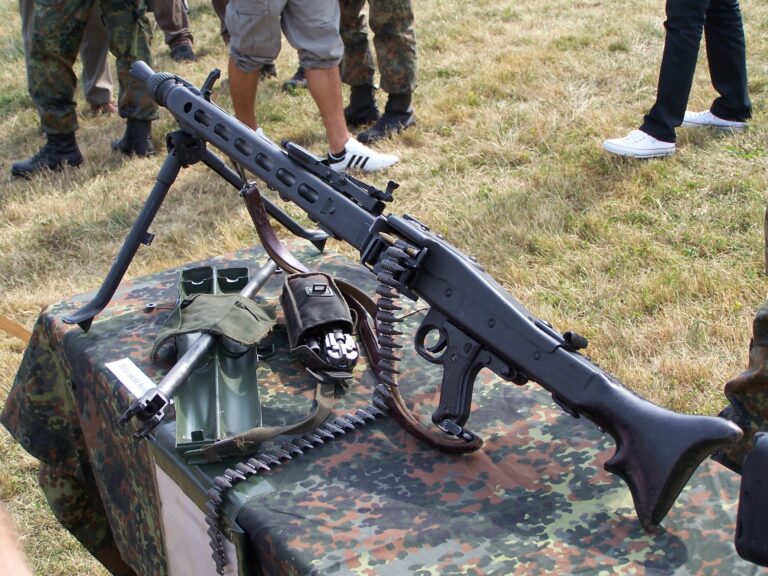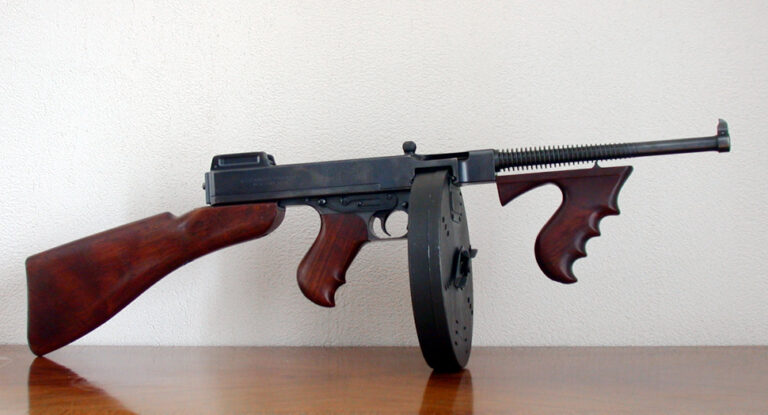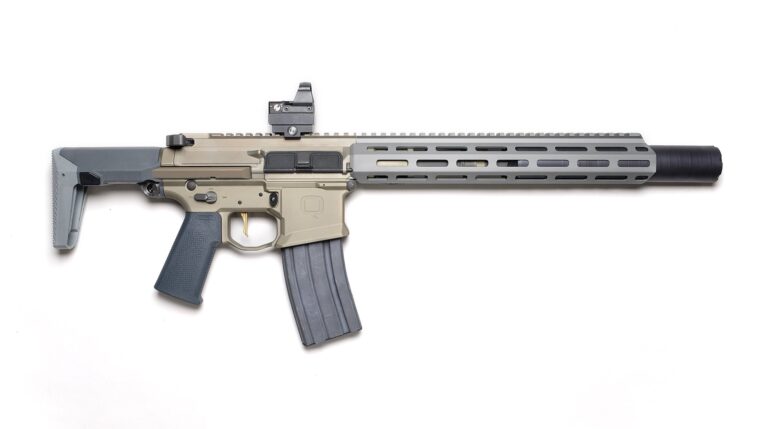Introduction
The MAC-11 (Military Armament Corporation Model 11) is an ultra-compact machine pistol derived from the MAC-10. Designed in the 1970s by Gordon Ingram, it is chambered in .380 ACP and is distinguished by its tiny size, extremely high rate of fire and simplicity of design. Often described as a “mini submachine gun”, this weapon attracts as much attention for its portability as for its dangerousness in uncontrolled use.
History and development
Origin
In the wake of the MAC-10’s success, Gordon Ingram and the Military Armament Corporation wanted to offer a more compact, concealable version. The MAC-11 was born in the early 1970s, using the .380 ACP (9×17 mm) caliber, a choice that reduced overall size while retaining sufficient power for close engagements.
Usage and distribution
The MAC-11 was never massively adopted by regular forces, but was used by certain security services and undercover agents in the 1980s. Its small size made it attractive for discreet operations. However, its lack of precision, difficult-to-manage full-auto recoil and poor reputation limited its institutional adoption.
Technical data
| Element | Detail |
|---|---|
| Model | MAC-11 |
| Caliber | .380 ACP (9×17 mm) |
| Weight (unloaded) | Approx. 1.6 kg |
| Overall length | ~248 mm (with folded stock) |
| Capacity | 16 to 32 shots (straight magazine) |
| Firing rate | 1,200 to 1,600 shots/min |
| Mechanism | Blowback, open cylinder head |
| Special features | Quiet operation possible, folding handle |
Ergonomics and design
The MAC-11 is designed for concealment and close-range shooting:
Extremely compact: its design means it can be worn discreetly in a jacket or bag.
Folding stock: often made of wire, it stabilizes the weapon despite its high rate of fire.
Difficult to control: due to the rapid rate of fire, the weapon empties its magazine in less than two seconds.
Simple operation: one trigger, one safety lever, one direct breech opening.
However, this simplicity becomes a drawback with intensive use: low precision, difficult to maintain, and rapid component wear.
Comparison with other submachine guns
| Model | Caliber | Firing rate |
|---|---|---|
| MAC-11 | .380 ACP | Very high |
| MAC-10 | .45 ACP | High |
| Uzi Mini | 9×19 mm | Medium |
Compared with the MAC-10, the MAC-11 is easier to conceal, but offers less firepower and even less control. It is also more limited than the Uzi Mini, notably in terms of stability and reliability.
Reputation and contemporary use
The MAC-11 has become an icon in criminal circles and popular culture, particularly in the United States:
Movies and video games: often featured in action films, crime series or games like GTA or Call of Duty.
US civilian market: available in semi-automatic versions, although highly restricted.
Collection: some original models or rarities are highly prized by collectors.
Outside law enforcement, its use remains marginal but symbolic.
Conclusion
The MAC-11 is a weapon as fascinating as it is controversial. While its small size and impressive rate of fire attract a lot of attention, its practical limitations have prevented it from establishing itself in a professional setting. Today, it remains an object of curiosity, a collector’s item and a symbol of the ultra-compact weaponry of the 1970s. Its name evokes both mechanical excess and the iconography of action cinema.

